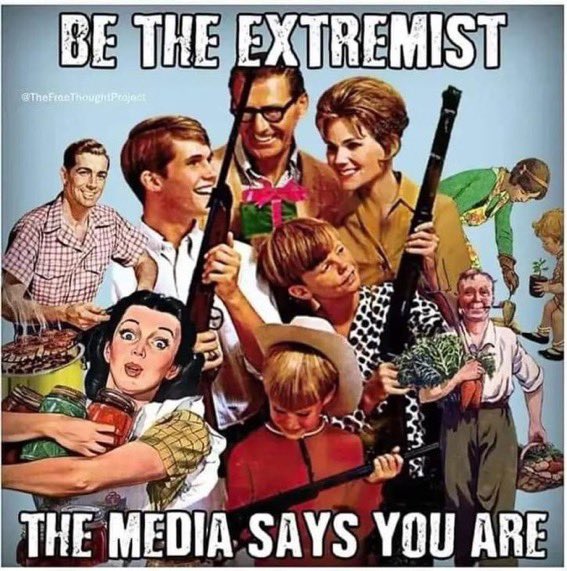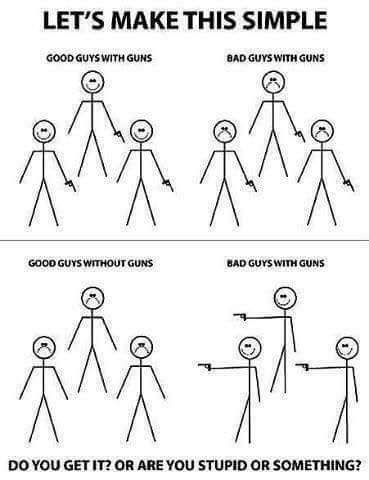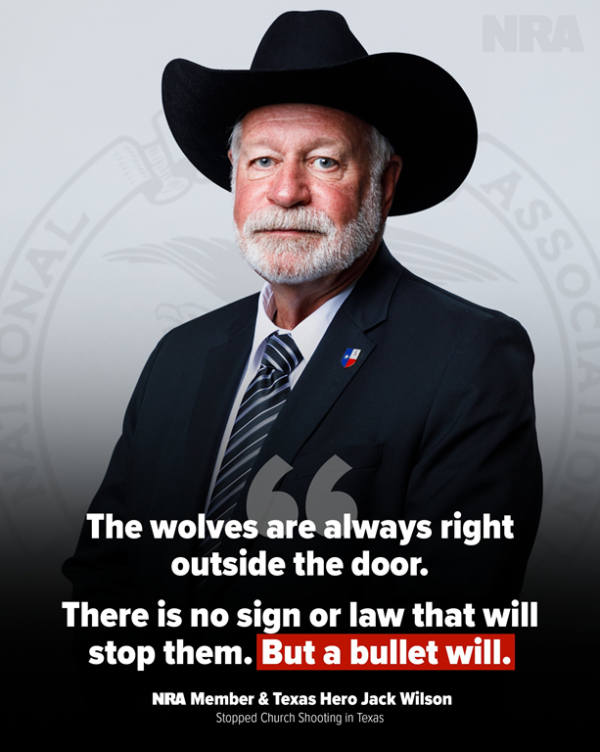Guns Kill People, and Tyrants with Gun Monopolies Kill the Most
In the long term, disarmament often leads to mass murder by government.
My forthcoming article in the Gonzaga Journal of International Law examines the comparative risks of too little gun control and too much gun control. Here’s the abstract:
What are the relative risks of a nation having too many guns compared to the risks of the nation having too few guns? Comparing and contrasting Europe and the United States during the twentieth century, the article finds that the United States might have suffered up to three-quarters of million excess firearms homicide over the course of the century—based on certain assumptions made to maximize the highest possible figure.
In contrast, during the twentieth century Europe suffered 87 million excess homicides against civilians by mass-murdering tyrannical governments. The article suggests that Americans should not be complacent that they have some perpetual immunity to being subjected to tyranny.
The historical record shows that governments planning mass murder work assiduously to disarm their intended victims. While victim resistance cannot necessarily overthrow a tyrannical regime, resistance does save many lives.
Part I describes tensions in some treaties, declarations, and other legal documents from the United Nations and the European Union. On the one hand, they recognize the legitimacy of resistance to tyranny and genocide; on the other hand, the UN and EU gun control programs seem to make armed resistance nearly impossible.
Part II contrasts homicide data for the United States and Europe during the twentieth century. First, data about homicides from ordinary crimes are examined. Based on certain (incorrect) assumptions that bias the figure upward, if the U.S. had the same gun homicide rate as Europe’s, there might have been 745,000 fewer deaths in America during the twentieth century.
Next, Part II looks more broadly at homicide, to include homicides perpetrated by governments, such as communist or fascist regimes. In Europe in the twentieth century, states murdered about 87.1 million people. Globally, governments murdered well over 200 million people. The figure does not include combat deaths from wars.
As Part III explains, totalitarian governments are the most likely to perpetrate mass murder. The Part argues against the complacent belief that any nation, including the United States, is immune from the dangers of being taken over by a murderous government. The historical record indicates that risks are very broad. Globally, only eight nations maintained democratic self-government for the entire twentieth century. The refusal of many Republicans in 2020 and many Democrats in 2016 to accept the presidential election results is one of many signs that American democracy is presently in peril.
Part IV shows that governments intent on mass murder prioritize victim disarmament because they consider it to be a serious impediment to mass murder and tyrannical rule.
Finally, Part V examines the efficacy of citizen arms against mass murdering governments. Citizen arms are most effective as deterrents. However, even without changing the regime, armed resistance can accomplish much and save many lives, as the twentieth century shows. Examples include Jewish resistance to the Nazis, Armenian and Assyrian resistance to the Ottoman Empire, Tibetan resistance to Chinese Communist invasion, and the Nuban resistance to the Sudanese regime.
The Conclusion suggests that the UN and EU should adopt a more balanced gun control policy, recognizing the value of citizen arms in protecting the public from tyranny and mass murder.
The article does not argue for or against particular gun control laws, other than gun registration; as the article shows, gun registration often facilitates gun confiscation.



